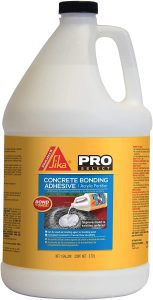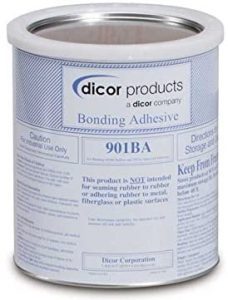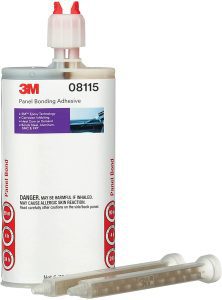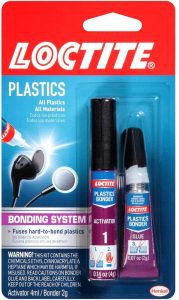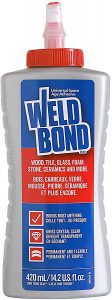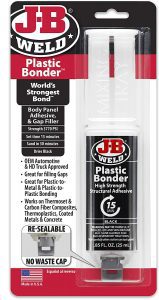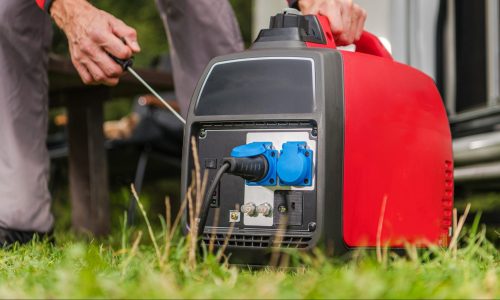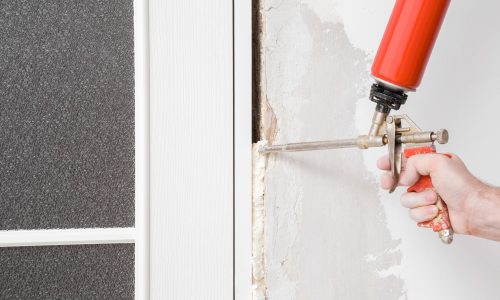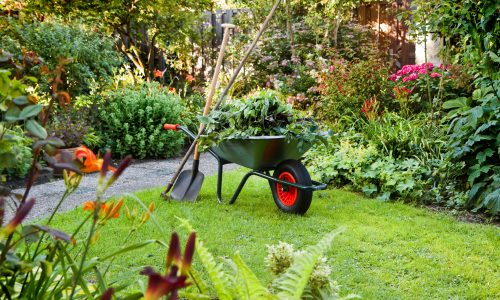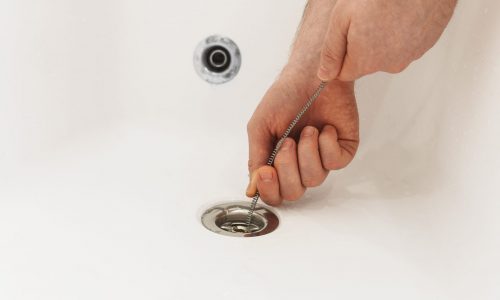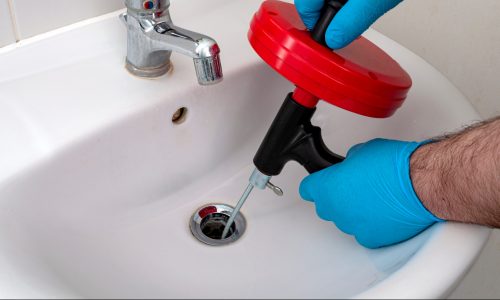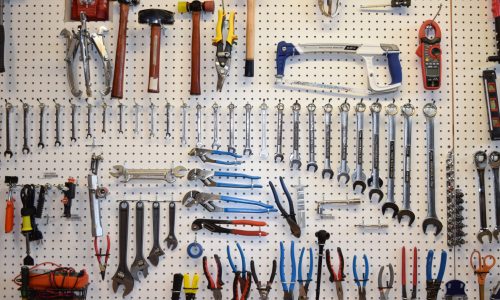The Best Bonding Agents & Adhesives
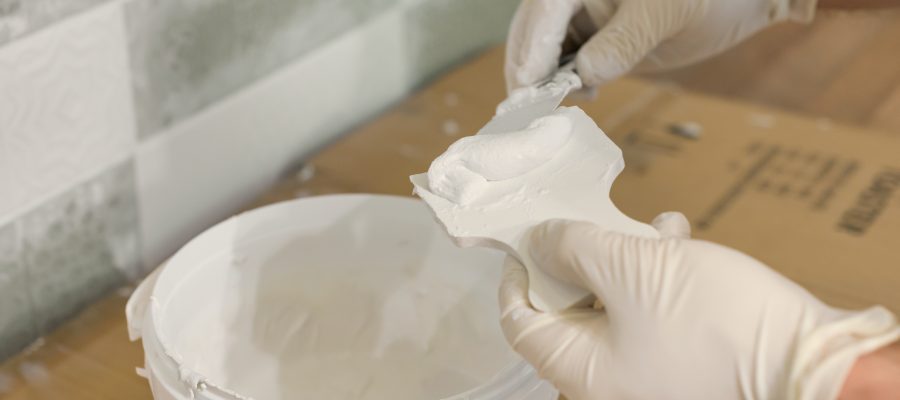
Our Review Process
Don't Waste Your Money is focused on helping you make the best purchasing decision. Our team of experts spends hundreds of hours analyzing, testing, and researching products so you don't have to. Learn more.
Our Picks For The Top Bonding Agents & Adhesives
- 1. Sika 187782 R Concrete Compatible Latex Bonding Adhesive
- 2. Dicor Water Based Acrylic Bonding Agent & Adhesive
- 3. 3M Panel Bonding 2-Part Epoxy Bonding Agent & Adhesive
- 4. Loctite Water-Resistant Plastic Compatible Super Glue Bonding Agent
- 5. Weldbond Non-Toxic Paintable Multi-Use Glue Bonding Agent & Adhesive
- 6. J-B Weld Plastic Bonder Quick-Setting Urethane Bonding Agent & Adhesive
For patching old concrete, this bonding adhesive and fortifier will help bond your new concrete to what's already there. You can also mix this with sand and cement to create bonding grout. It doesn't produce a vapor barrier when mixed with other products, making it a great alternative to other bonding agents.
Best for Outdoor ProjectsThis concrete bonding adhesive is ideal for repairs to outdoor spaces like pools and driveways.
You'll get one gallon of water-based bonding agent with this option, perfect for use on roofing projects. Each component in the formula is thoroughly tested to ensure that it offers the optimum bond. The mixture is eco-safe and designed to last for more than a decade.
Easy to UseThis water-based bonding agent comes with easy-to-follow instructions and a simple application process.
Repair bumpers, roof skins, door skins and more with this bonding adhesive, which works on a wide variety of plastics and metals. The glass bead technology will help reduce the risk of overclamping, while also minimizing bond line thickness. You'll get one 6.75-fluid ounce cartridge and two static mixing nozzles.
A Garage EssentialThis panel bonding adhesive is perfect for all your automotive repair projects, making it a great addition to any garage toolkit.
Designed to repair any plastic, this adhesive can tackle items like jewelry, rubber seals and electronic casings with ease. You can also use it for on materials like paper, cardboard, polycarbonate, plexiglass and PVC, among many others. You'll get an activator and glue, both in small tubes that are easy to store.
Versatile OptionThis plastic repair solution is great to have on hand for all your household repair projects.
Buying Guide
If you find yourself calling up a handyman any time you need something repaired, you might be able to save a little money. The right bonding agent can help you with some of the most common household issues, letting you keep that money for the bigger jobs that will inevitably need tackling.
But different tasks call for different types of adhesives. Some bonding agents are designed for concrete, while others work with a variety of household projects, from plastic to wood to metal. It’s important to look carefully at the designated use for each adhesive to make sure you’re getting the best one.
Then there are specialized agents used for projects like roofing. In those instances, you’ll be relying on an adhesive that can hold up against moisture and excessive heat. The type of underlayment used in the roofing process also plays a role in how well your bonding agent does its job. It’s especially important, when making repairs to your roof, to look for an underlayment that can resist heat up to 250 degrees Fahrenheit without the adhesive breaking down.
Concrete projects sometimes require bonding agents, as well. If you’re pouring new concrete to replace damage to older concrete, you’ll need a way to bond the two. You might have a sidewalk or step that needs repairs, for instance. Concrete bonding agents ensure the new concrete bonds to the older concrete for smooth results without sanding. This type of bonding agent can also help with projects involving stucco and plaster.
If you make automotive repairs, you’ll need an epoxy bonding agent. This can help you repair your bumper, roof, door and other sections of your vehicles, making it a handy tool to have in your garage.
Advancements in superglues, though, mean that you can go a long way with standard household glue. Heat-cured superglue can help out with those more advanced household projects that standard glue can’t capably handle.
What to Look For
- Before you begin using any bonding agent or adhesive, make sure you have a plan in place if you need to reverse any changes you’ve made. Once you’ve applied the adhesive, you might not be able to easily remove it.
- Not all bonding agents are straightforward to use. Look for instructions for application before you buy. In some cases, you can find step-by-step directions online and get a feel for what will be involved in using the product.
- Something that bonds items together today won’t necessarily hold it tomorrow or a year from now. Look for adhesives that have been tested and proven to hold up. This is especially important for outdoor projects, where your adhesive will be tested by moisture, heat, cold and other weather elements over the months and years.
- If you have to mix your bonding agent with water or another material, make sure you have a way to mix and pour the product before you buy. You’ll need to have those materials in place before you start your project.
- Make sure you have a plan to store your bonding agent before use, as well as a plan to store or dispose of it afterward. If you have young children around the house, carefully lock your adhesives away so they can’t be easily accessed.
- For crafts projects, consider how your adhesive will look once dried. Make sure it goes on clear, if it will show, and consider whether you can paint over it if you plan to paint your craft project.
- Cleanup is an important consideration. You’ll inevitably have some spillover while you’re working, and in many cases, you won’t be able to simply use soap and water to remove any excess adhesive. Protect surfaces like tabletops and floors before you start working to keep messes to a minimum.
More to Explore
Adhesives are an important part of everyday life, but they’ve been around longer than you may realize. The first evidence of adhesive use was in 70,000 BC, when cavemen in South Africa are thought to have protected cave paintings using a substance sourced from tree sap and red ochre. Flash forward to 2000 BC, when Egyptians used liquid adhesives to bond wooden artifacts.
The first commercial manufacturing of glue dates all the way back to 1700 in Holland, and for years, adhesives were referred to as “horse glue.” Modern-day glue kicked off in 1932 with Elmer’s All-Glue, a multipurpose solution safe for every household and classroom.

